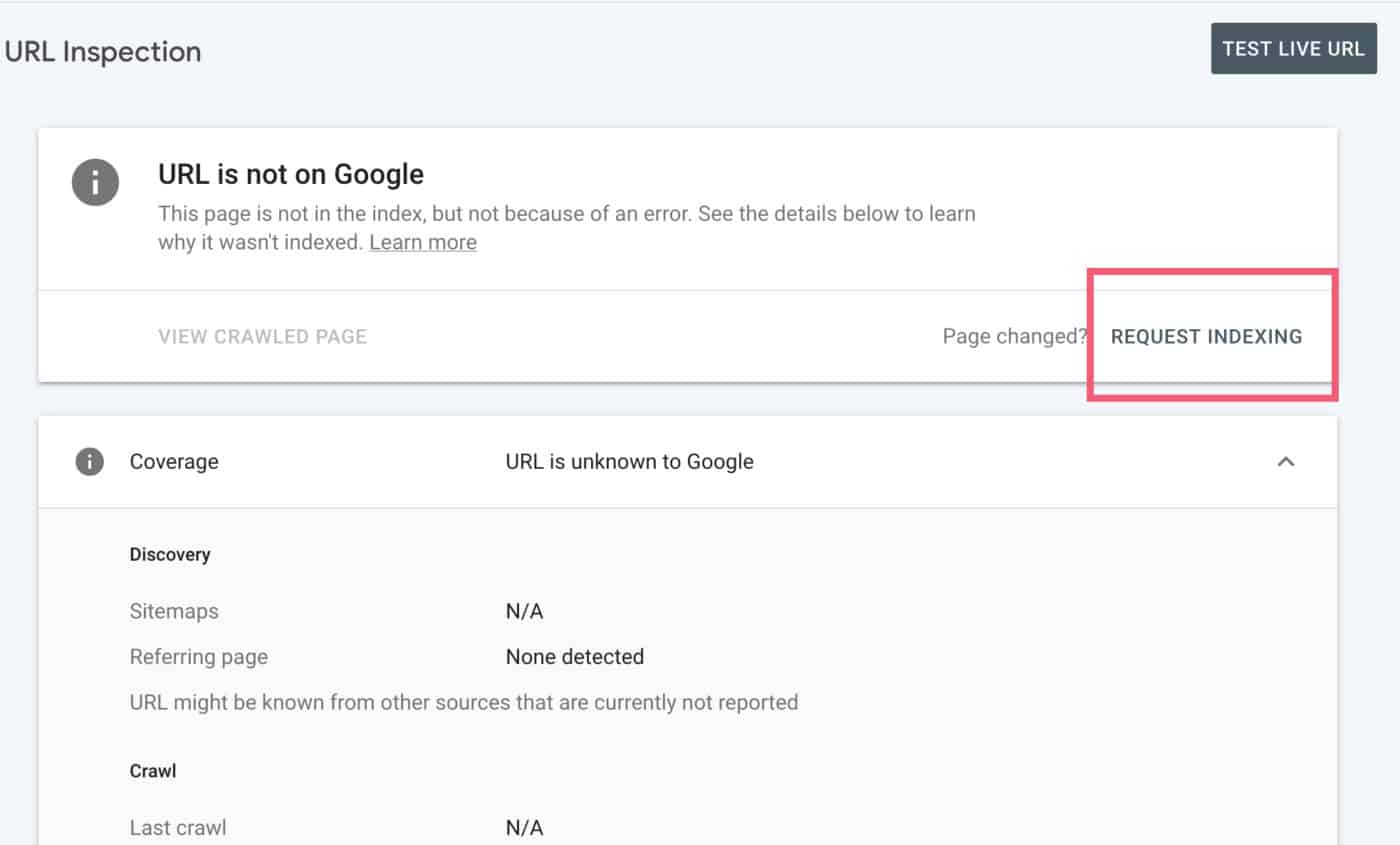How to Index Your Blog Page in Google: A Step-by-Step
Guide
Getting your blog page indexed in Google is crucial for
increasing visibility, driving organic traffic, and improving your online
presence. In this step-by-step guide, we’ll walk you through the process of
indexing your blog page in Google.
Step 1: Create High-Quality, Unique, and Relevant Content
Before indexing your blog page, ensure that your content is:
– High-quality: Well-researched,
engaging, and informative.
– Unique: Original and not
duplicated from other sources.
– Relevant: Aligns with your
target audience’s interests and needs.
Step 2: Optimize Your Blog Post with Relevant Keywords
Optimize your blog post with relevant keywords to improve
its visibility in search engine results pages (SERPs):
– Conduct keyword research: Use
tools like Google Keyword Planner, Ahrefs, or SEMrush to find relevant
keywords.
– Use keywords strategically:
Incorporate keywords in your title, meta description, headings, and body
content.
Step 3: Ensure Your Website is Crawlable and Indexable
Make sure your website is crawlable and indexable by:
– Using a secure protocol
(HTTPS): Ensure your website has an SSL certificate.
– Creating a clear site
structure: Organize your content with a logical hierarchy.
– Using descriptive and concise
URLs: Include target keywords in your URLs.
Step 4: Submit Your Blog Post to Google Search Console
Submit your blog post to Google Search Console to expedite
the indexing process:
– Verify your website ownership:
Confirm your website ownership in Google Search Console.
– Submit your sitemap: Upload
your sitemap to help Google understand your website’s structure.
– Request indexing: Use the "Request Indexing" feature to submit your blog post for indexing.

Step 5: Promote Your Blog Post on Social Media and Other Channels
Promote your blog post on social media and other channels to
increase visibility and drive traffic:
– Share on social media: Share
your blog post on Facebook, Twitter, LinkedIn, and other relevant platforms.
– Engage with your audience:
Respond to comments and engage with your audience to build a community.
– Collaborate with influencers:
Partner with influencers in your niche to expand your reach.
Step 6: Monitor Your Blog Post’s Indexing Status
Monitor your blog post’s indexing status using Google Search
Console:
– Check the "Index"
tab: Verify if your blog post has been indexed.
– Monitor crawl errors: Identify
and fix any crawl errors that may prevent indexing.
Step 7: Be Patient and Persistent
Indexing can take time, so be patient and persistent:
– Allow time for indexing: Give
Google time to index your blog post.
– Continuously create
high-quality content: Regularly publish new, high-quality content to improve
your website’s authority.
By following these step-by-step instructions, you’ll be able
to index your blog page in Google and increase your online visibility. Remember
to stay patient, persistent, and focused on creating high-quality content that
resonates with your audience.
Need help with indexing your blog page or improving your
website’s SEO? Clarifu Infotech has the expertise to help you achieve your
online goals. Contact us today to learn more!

